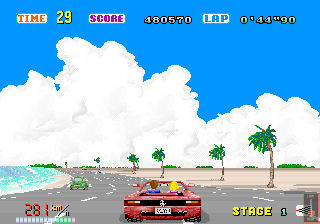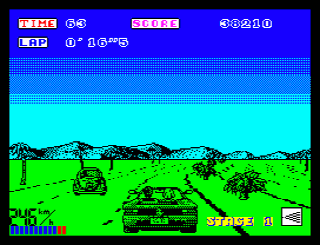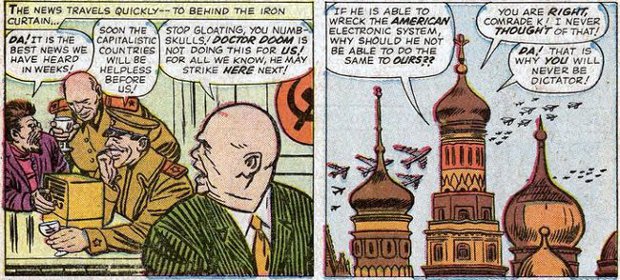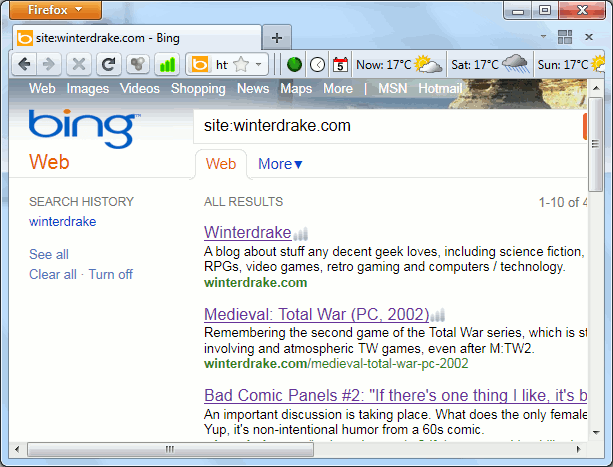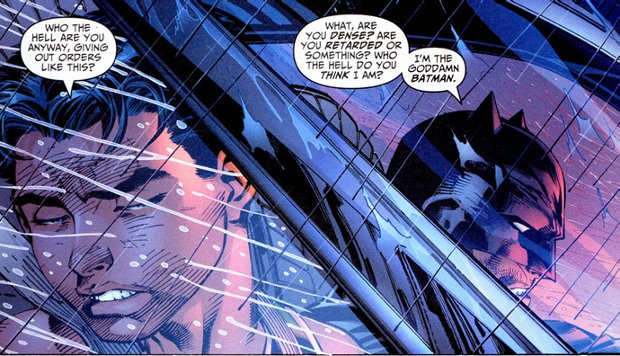Welcome to yet another series on Winterdrake! Just a little bit of personal info: I subscribe to the UK Retro Gamer magazine; among other reasons, because, unlike any other gaming magazine, I don’t ever have to worry about it getting old: it is old, intentionally. Nostalgia is a beautiful emotion.
Anyway, in that mag, one of my favorite bits — which doesn’t even appear in every issue, but the magazine is still great without it ((if you care about any of my “retro gaming” posts at all, look it up, and, no, the previous link isn’t an “affiliate” one)) is the comparison of the several ports / versions of a game, whether the game originated in arcades (common in the late 80s / early 90s) or in a particular computer system. I really love that part: to look at screenshots and descriptions of how a game was ported / interpreted on each system, how it played, and, sometimes, even the stories behind a couple of ports. Call me weird; I really love this; it’s one of the few times I am able to “feed” several parts of myself: video games, computer systems, nostalgia, and history.
So, I thought about creating a series of posts based exactly on that.
Typically, there will be one post per game, with a few exceptions where a particular game will need two posts (say, one about home computer ports and the other about console ports). I intend to pick the games myself, mostly from the ones I remember — and I already have a bunch of them in mind –, though I’m always open to suggestions.
And, because I grew up with magazines that bestowed numerical ratings on different aspects of games (e.g. graphics, sound, gameplay, etc.), I’ll do the same. For now, to make this simple, my ratings will be just between 1 and 5, for “terrible”, “bad”, “average”, “good” and “great”. And the aspects I’ll rate each conversion in are:
- faithfulness: how well a port reproduces its original version, in terms of levels, features, and so on. In almost every case, there is an original version, even if that’s not immediately obvious. If there really isn’t one, then all ports get a maximum score (5) here, as will happen if we’re talking about the original version of a game. ((e.g. Out Run ports will be compared to the original arcade version, which won’t be included here. But, say, Cybernoid ports will be compared to the original ZX Spectrum version, which will be included as a “port”.))
- hardware use: how much a particular conversion takes advantage of the system it runs on. In other words, top scores for “this system couldn’t really do much better than this”, and lowest scores for “this computer/console could have handled a much better version”. Exception: if a version reproduces the original perfectly, it will get a maximum score here, even if the original hardware was much more primitive (e.g. a port for modern systems of a 30-year-old game). ((for instance, an Xbox 360 version of Pac-Man which emulated the original perfectly wouldn’t be penalized, even though the 360 is capable of much more than an 8-bit 1980 arcade machine. On the other hand, if the Amiga port of Space Harrier plays slower than the Spectrum 48K version, doesn’t really look much better, and has loading pauses between levels that the Spectrum port was able to avoid…))
- fun: in a world where this game wasn’t a port at all, where there were no other versions of it, and where you were playing it on its merits alone, instead of pining for
the fjords the original, how enjoyable would this particular version be to play (assuming you enjoyed the genre)?
For instance, suppose you’re talking about a conversion of a beat ’em up game, and not only doesn’t it include most of the features of the original, but in fact it doesn’t look or play much like it… yet it’s still a great, enjoyable game by itself. It’d get a low score in faithfulness, but a high score in fun. On the other hand, if a port reproduced every feature and level of the original, but played like a dog, its scores would be the other way around.
